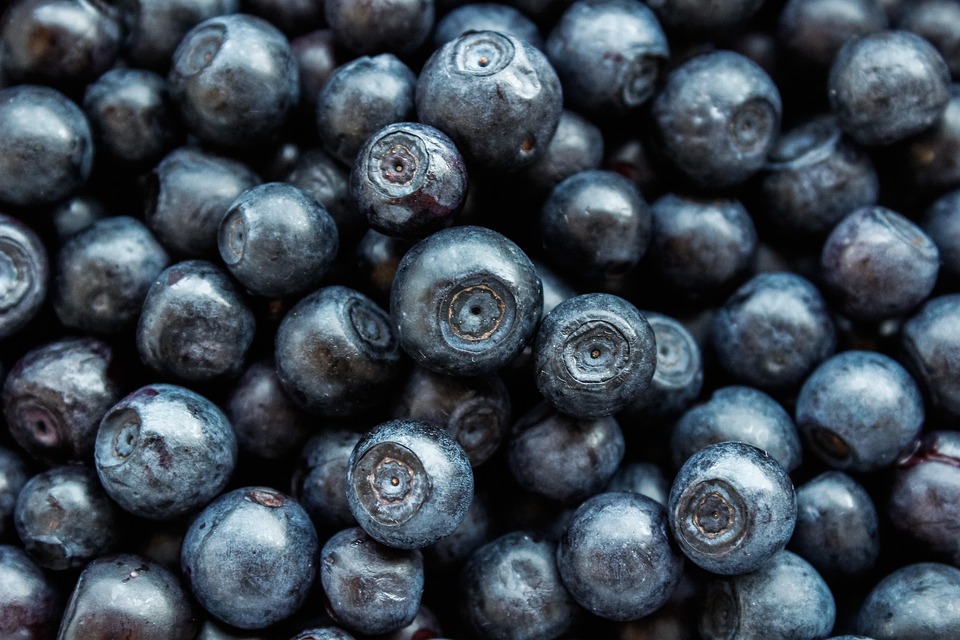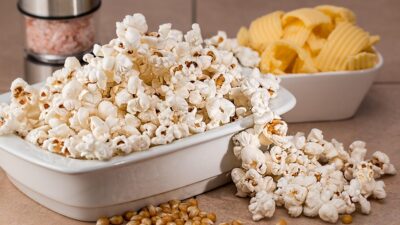Baking is one of the most beloved culinary arts, combining creativity with scientific precision. From the warm aromas of freshly baked bread to the exquisite textures of pastries, the world of baking is as much about science as it is about art. Understanding the chemistry involved in baking not only improves your skills in the kitchen but also opens up a deeper appreciation for the science behind your favorite treats.
The Basic Ingredients
At its core, baking involves a few fundamental ingredients: flour, sugar, fats, liquids, and leavening agents. Each of these components plays a crucial role not just in flavor, but in texture, structure, and overall success of baked goods.
Flour: The Structure Builder
Gluten Formation
Flour, particularly wheat flour, contains proteins called glutenin and gliadin. When mixed with water, these proteins hydrate and form gluten, a network that gives bread its chewy texture. The elasticity of gluten allows bread to rise and hold its shape during baking. Kneading activates gluten formation; the more you knead, the stronger the gluten network becomes.
Starch Gelatinization
Flour also contains starch, which plays a vital role in texture. When heated, the starch granules absorb water and swell, a process known as gelatinization. This creates a structure that contributes to the moistness and tenderness of baked goods.
Sugar: The Flavor Enhancer and Browning Agent
Sugar isn’t just a sweetener; it significantly affects the texture and color of your bakes.
Caramelization
When sugar is heated, it undergoes caramelization, transforming into complex flavors and a rich brown color. This reaction enhances the flavor profile of baked goods, creating delightful notes that can elevate a simple dessert into a memorable treat.
The Creaming Method
In recipes like cakes, sugar is often creamed with butter. This process incorporates air into the batter, creating a light and fluffy texture. Sugar also helps to retain moisture, which keeps baked goods tender.
Fats: The Tenderizers
Fats, such as butter or oil, serve multiple functions in baking.
Flavor and Texture
Fats add richness and flavor, but they also interfere with gluten formation. This is why pastries, which are meant to be flaky rather than chewy, often contain a higher fat content. The fat coats the flour particles, preventing water from fully hydrating the gluten proteins, resulting in a tender product.
Emulsification
Butter can act as an emulsifier, helping to combine water and fat to create a smooth batter. This creates a more uniform texture and ensures even baking.
Leavening Agents: The Rise
Leavening agents are responsible for making baked goods rise and become light and airy.
Yeast
In bread making, yeast is a living organism that ferments sugars and produces carbon dioxide gas as a byproduct. This gas gets trapped in the gluten network, causing the dough to inflate and rise.
Baking Powder and Baking Soda
These chemical leaveners produce carbon dioxide through acid-base reactions. Baking soda requires an acidic ingredient (like yogurt or vinegar) to activate, while baking powder contains its own acid. The release of gas during mixing and baking causes cakes and cookies to rise quickly.
The Science of Temperature
Baking temperatures can dramatically affect the outcome of a recipe.
Oven Temperature
Different baked goods require different temperatures. For instance, bread benefits from high heat, which creates a rapid rise, while cakes typically bake at lower temperatures for even cooking. Monitoring oven temperature is crucial; an improperly calibrated oven can lead to disaster.
Cooling and Setting
Cooling is an essential part of baking. When goods are removed from the oven, they continue to cook slightly due to residual heat. This "carryover cooking" solidifies the structure, setting the final texture of your treats.
Experimentation in Baking
Understanding the science behind baking opens the door to experimentation. By modifying ingredients, adjusting temperatures, or altering techniques, bakers have the potential to create innovative culinary masterpieces. For example, substituting different flours can yield surprising results in texture and flavor. Baking is a science, but it is also an art.
Conclusion
Embracing the chemistry behind baking is essential for anyone looking to elevate their baking skills. By understanding the roles of various ingredients, the processes of leavening and gelatinization, and the significance of temperature, you can achieve consistent and delicious results. The next time you whip up your favorite treat, remember: every bite is a celebration of both science and creativity, a testament to the delicate balance that makes baking so enchanting. So tie on your apron, grab your measuring cups, and enjoy the delightful journey through the science of baking!



